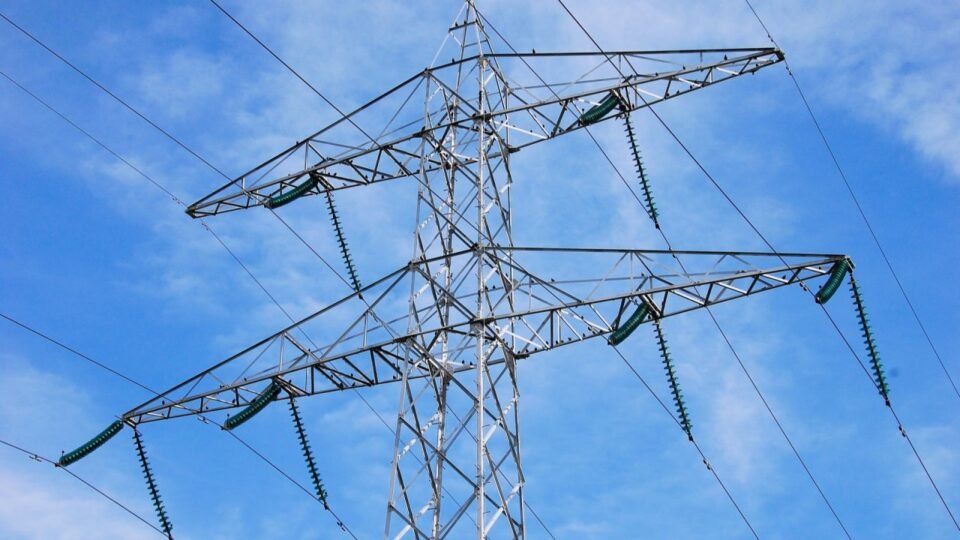The continuous growth in electricity demand across industries, cities, and communities requires a reliable, efficient, and scalable power infrastructure. As nations strive to integrate renewable energy sources and modernize their power systems, substations have become the critical backbone of the grid. Substation Design Engineering ensures that this backbone remains strong, adaptable, and ready for future challenges. It involves planning, designing, and integrating electrical, civil, and control systems to ensure smooth energy transmission and distribution. Without effective substation design, power systems could face inefficiencies, losses, and safety concerns. Therefore, Substation Design Engineering plays a vital role in grid expansion, ensuring energy reaches every corner safely, reliably, and sustainably.
The Role of Substations in Power Systems
Substations are essential nodes in the power network where voltage is transformed from high to low or vice versa, enabling efficient power flow between generation plants, transmission lines, and consumers. They are the control points that balance load distribution and help maintain the stability of the entire grid.
In the context of grid expansion, substations allow the integration of new power plants, renewable sources like solar and wind farms, and expanding urban or industrial zones. Without properly engineered substations, new energy projects cannot be effectively connected to the grid, leading to disruptions and inefficiencies. Substation Design Engineering ensures that every element—transformers, switchgear, busbars, and protection systems—is designed and positioned optimally to deliver stable and uninterrupted electricity.
How Substation Design Engineering Supports Grid Expansion
As power grids expand, the demand for precise and well-coordinated substation design becomes critical. Substation Design Engineering ensures that new substations fit seamlessly into existing networks and can handle future load growth. Engineers analyze site conditions, capacity requirements, and safety standards before finalizing layouts and technical specifications.
Grid expansion projects often involve connecting multiple substations across vast areas. A well-designed system minimizes losses, prevents overloads, and improves efficiency. Additionally, design engineers incorporate automation and digital monitoring tools to enable remote operation and predictive maintenance. This integration not only enhances performance but also supports the long-term scalability of the grid.
Integration of Renewable Energy Sources
The global shift toward renewable energy has added complexity to power system design. Renewable sources such as solar and wind produce intermittent and variable power, requiring specialized substations to manage voltage fluctuations and maintain grid stability. Substation Design Engineering plays a key role in developing flexible systems that can adapt to changing energy inputs.
Design engineers integrate advanced control systems, inverters, and energy storage components into substations to manage renewable integration effectively. By designing substations that can accommodate both traditional and renewable sources, engineers help create a balanced and sustainable energy mix. This is especially important as governments and industries push for cleaner energy and reduced carbon footprints.
Importance of Safety and Reliability in Design
Safety and reliability form the foundation of every substation design. Faulty layouts or poor grounding systems can lead to short circuits, fires, or extended power outages. Substation Design Engineering addresses these risks through meticulous planning and compliance with international safety standards.
Engineers calculate fault levels, design protection schemes, and ensure adequate insulation and clearances between components. Modern designs also incorporate advanced protection relays and real-time monitoring systems that detect and isolate faults immediately. This ensures that power delivery remains consistent and any failures are contained before they escalate.
Reliability is equally vital for grid expansion projects. As more users connect to the network, even minor disruptions can have widespread effects. Through robust Substation Design Engineering, power utilities can maintain high reliability levels while supporting growing demand.
The Role of Digital Technologies in Modern Substation Design
Digitalization has transformed the way substations are designed, monitored, and managed. Substation Design Engineering now incorporates smart sensors, SCADA systems, and digital twin technology to enhance performance and predictive maintenance. Engineers can simulate substation operations before construction, identify potential weaknesses, and optimize layouts for efficiency.
Digital substations allow remote control and automation, reducing the need for on-site intervention. This not only improves safety but also minimizes downtime during faults or maintenance activities. With the integration of Internet of Things (IoT) technology, substations are becoming more intelligent, adaptive, and data-driven, contributing significantly to the modernization and expansion of the grid.
Environmental and Economic Considerations
Beyond technical aspects, Substation Design Engineering also focuses on minimizing environmental impact and optimizing costs. Engineers assess noise levels, land usage, and visual impact to ensure substations blend with their surroundings. Eco-friendly designs may include the use of gas-insulated switchgear (GIS) to reduce space and minimize environmental risks.
Economically, efficient design translates to reduced energy losses, lower maintenance costs, and longer equipment lifespan. By optimizing the placement of electrical components and using advanced materials, engineers help utility companies maximize return on investment while maintaining sustainability goals.
Keentel Engineering – Pioneering Excellence in Substation Design
Keentel Engineering stands as a trusted leader in providing reliable and innovative Substation Design Engineering solutions. With a team of skilled engineers and technical experts, the company focuses on delivering designs that meet global standards and support seamless grid expansion. Keentel Engineering combines advanced digital tools, safety-focused planning, and cost-effective strategies to ensure every project achieves optimal performance. Whether it’s integrating renewable energy systems, upgrading existing infrastructure, or building new substations, Keentel Engineering’s expertise ensures reliability, efficiency, and sustainability at every stage. By partnering with utilities and industries, the company continues to power the future with intelligent and forward-thinking substation design.


